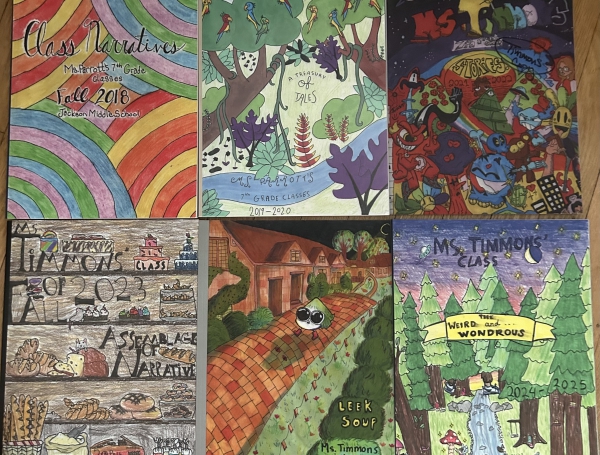

Test Your Students Based On Their Strengths.
September 14, 2022
A focus in my life science class is appreciating our differences and finding beauty in imperfection. I highlight this throughout the year in a variety of ways. Trees that grow beautifully crooked, odd/quirky genetic traits that are cool, beauty in the designs of viruses and bacteria, and more. As a precursor to this assignment (and others), I also talk to students about our varied strengths. I pose scenarios where I would compete against them in areas they are uncomfortable in, or I am uncomfortable in. I ask, “Is it fair to only test one way?” What if you are a poor singer, and I made you sing all of your answers? A few of you would shine, but others would fail miserably. I then make the connection to pencil paper assessments. Some students shine because they write well and can easily communicate their understanding. However, what if you don’t test well? Or struggle to write well?” Is it fair to test everyone only in that way?
I then introduced the virus project. It offers a variety of ways for students to show that they understand the content and ideas. There are writing pieces for avid writers, artistic applications for artistic students, and problem-solving and creative parts for logical students while dealing with the same content. I watch students come out of their shells and shine. They were finally able to show me what they knew in a format they were good at. The results were astounding.
Two particular students who had struggled with other topics turned in detailed, accurate hand-made models. They talked to me about these models and explained how they worked in real life. Had I given them a diagram to label, or a vocabulary test to define, they would have failed- and had failed up to this point. Next, I even had a student write and sing a song about the characteristics of viruses that was accurate and clever! Again, if given a paper test, she would have failed. I received brilliantly written papers and fictional stories with accurate scientific information. If these students had been forced to produce art pieces, they would have fretted. I could go on and on about the amazing transformation in my students from this one assignment.
The successes I was treated to were not the product of better teaching in this one unit or more information provided than in other units. No, the success lies in the way I tested them. We have all seen the comic scene that illustrates the test of several animals to climb a tree, and the elephant fails because he is not equipped for that test. How are our students any different? We, as adults, are pretty self-aware by this time in our life. We avoid activities that give us anxiety due to our lack of ability in that area. We have that option. How often do we provide that option to our students? We will never be able to do away with the summative text test completely, but I wonder how students’ perspectives of school would change if given the choice of how to communicate their understanding even half of the time.
This guest article was written by Susanne Janelle Berkemeier Burton while taking the online continuing education course, Helping Students Motivate Themselves by THI instructor Mary Ann Johnson




